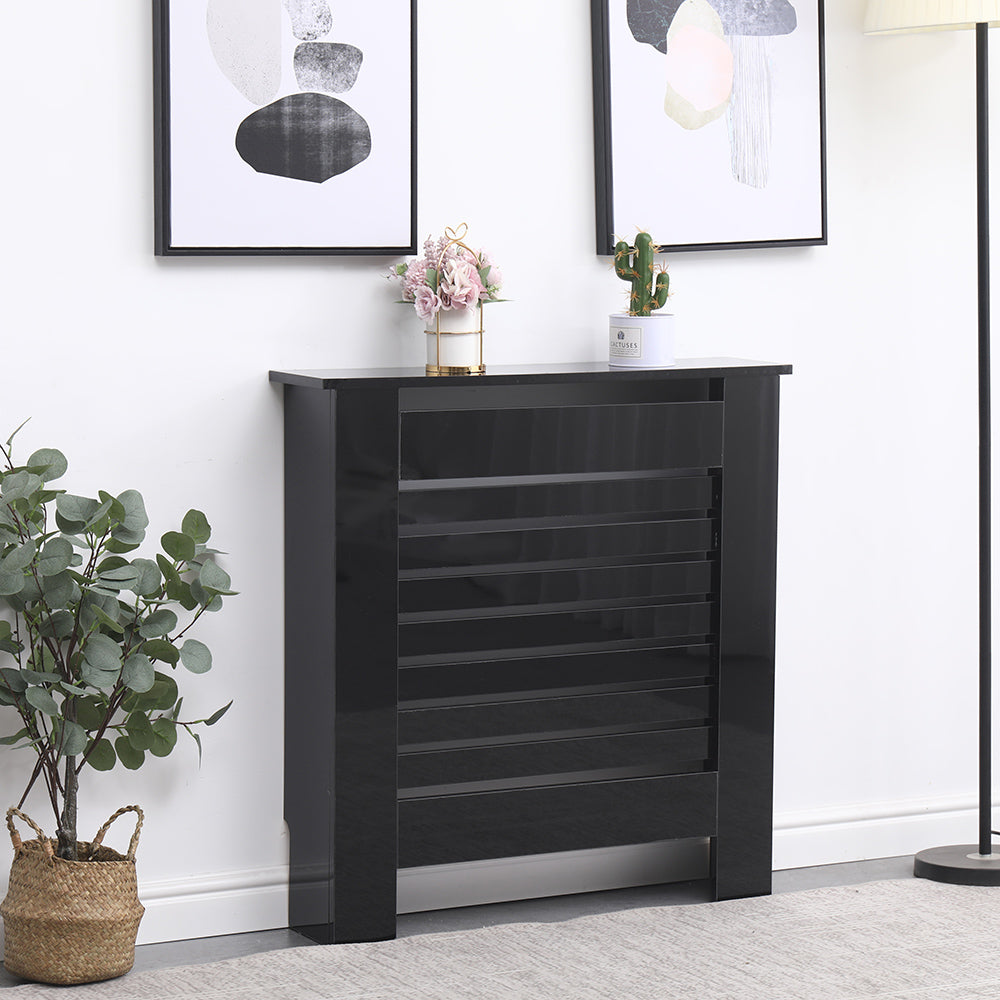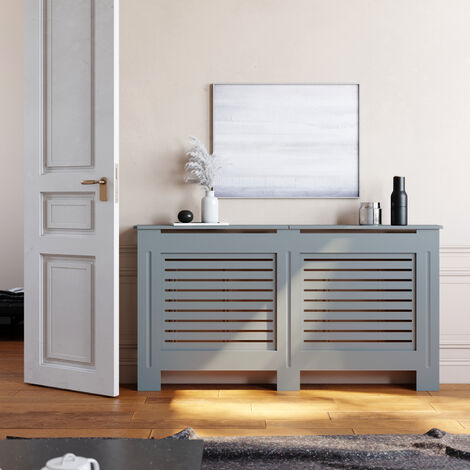Radiator Covers: Comprehending Products, Styles, and Benefits
Radiator covers offer both aesthetic and practical purposes within a home, providing an array of materials such as steel, mdf, and wood to match different style choices. Choosing the right radiator cover involves understanding the subtleties of products, styles, and their linked benefits.
Kinds of Materials


Wooden covers, often crafted from hardwoods such as oak or maple, provide a timeless, warm look that enhances standard insides. Their toughness and ability to be discolored or repainted add to their versatility. Steel covers, normally made from steel or light weight aluminum, are preferred for their effectiveness and modern-day appearance, typically featuring sleek lines that improve contemporary rooms.
MDF, a manufactured timber product, is prominent for its cost-effectiveness and convenience of personalization. It can be repainted or ended up to match existing style while providing a smooth surface. Plastic covers, while less common, are immune and light-weight to moisture, making them suitable for damp atmospheres.
Eventually, the option of product for a radiator cover need to straighten with the house owner's design preferences, functional needs, and the specific atmosphere where the cover will be installed. Each product offers an unique character, making sure that there is a choice to match every preference and setup.
Popular Design Styles
Stressing visual appeal, preferred layout styles for radiator covers show a variety of preferences and interior style fads. Typical designs typically include complex woodwork and ornate outlining, making them ideal for classic or vintage-inspired interiors. These covers usually incorporate sculpted aspects, offering a warm and welcoming feel to any kind of area.
On the other hand, contemporary designs focus on minimal aesthetic appeals, identified by clean lines and downplayed sophistication. Materials such as steel or streamlined wood with a smooth finish are commonly made use of, allowing these covers to blend seamlessly into modern-day areas. Industrial styles, on the other hand, accept basic materials like exposed steel and concrete, adding a vibrant statement to loft or urban setups.
For those seeking an unique touch, bespoke layouts provide personalization options that provide to individual preferences, enabling house owners to select shades, patterns, and materials that complement their decoration. Additionally, farmhouse-style covers incorporate rustic elements, including distressed wood and simple types that evoke a cozy, country beauty.
Benefits of Radiator Covers
Radiator covers not just improve the aesthetic allure of an area but also use several practical advantages that make them a beneficial addition to any type of home. Among the primary benefits is safety, especially in homes with pets or kids. Covers minimize the threat of burns from hot radiator surface areas, guaranteeing a much safer setting.
In addition, radiator covers can improve energy performance. By guiding warm into the room rather than allowing it to leave, they aid maintain a consistent temperature level, reducing home heating expenses with time. This is particularly advantageous in older homes where radiator systems may be much less reliable.
An additional noteworthy benefit is noise reduction. Radiators can often produce undesirable noises during procedure, and covers can aid stifle these sounds, adding to a more tranquil space. In addition, radiator covers can be functional, supplying additional storage or display screen room, thus taking full advantage of the utility of often-overlooked locations.
Last but not least, they can safeguard radiators from dust and debris, which can hinder performance and rise upkeep requirements. With these integrated advantages, radiator covers become a useful remedy visit for improving both the functionality and design of any kind of home setting.
Setup Factors To Consider
Setting up radiator covers requires cautious consideration to ensure both capability and security (Radiator cover). First, evaluate the dimensions of your radiator and the surrounding room to guarantee a correct fit. Accurate dimensions are vital; an uncomfortable cover can block heat flow or produce safety threats
Next, evaluate the material of the cover. While timber provides visual charm, metal options may provide better durability and heat resistance. Take into consideration the weight of the cover as well; much heavier covers may call for extra assistance or reinforcements to stay clear of drooping or damage with time.
Air flow is an additional vital aspect. Covers need to feature sufficient airflow to avoid overheating and keep efficient home heating. Look published here for layouts with slats or openings that allow heat to flow without obstruction.
Furthermore, ensure that the cover is securely placed to avoid crashes, specifically in homes with kids or pet dogs. Radiator cover. It's recommended to follow the supplier's installment standards carefully and, if required, consult an expert for complex installations
Upkeep and Care Tips
Appropriate maintenance of radiator covers is important for ensuring their longevity and optimal efficiency. For painted or wood covers, take into consideration an ideal gloss or safety layer to keep their appearance.
Check the covers periodically for indications of wear or damages, such as splits or peeling off paint. Dealing with these concerns promptly can avoid more deterioration. Ensure that the covers are firmly secured and look for any type of loose screws or fittings, as resonances from the radiator can loosen them over time.
In colder months, prevent putting hefty things or decorative products in addition to the radiator covers, as this can hinder warmth distribution and create unneeded stress to the framework. Think about seasonal upkeep by removing the covers for detailed cleansing and assessment during warmer months when the home heating system is inactive. Embracing these simple treatment ideas will enhance the efficiency and aesthetic charm of your radiator covers, ensuring they serve their purpose effectively for several years to find.

Verdict
In summary, radiator covers offer as practical and aesthetic improvements to residential areas. The diverse range of products, consisting of woods, plastic, metal, and mdf, enables positioning with numerous design styles such as traditional, modern, industrial, and farmhouse. The advantages of these covers expand past safety and energy efficiency to include additional storage space and dust defense. Careful factor to consider of setup and upkeep more ensures the durability and effectiveness of radiator covers in any kind of home environment.
Radiator covers Visit Website serve both aesthetic and useful purposes within a home, using an array of products such as mdf, steel, and hardwood to suit different layout preferences. Selecting the best radiator cover includes comprehending the nuances of materials, styles, and their linked benefits.Highlighting aesthetic allure, prominent design styles for radiator covers reflect a variety of preferences and interior layout patterns.Radiator covers not just improve the aesthetic appeal of an area however also provide numerous useful advantages that make them a rewarding addition to any home. Take into consideration the weight of the cover as well; larger covers may call for additional support or supports to prevent sagging or damages over time.